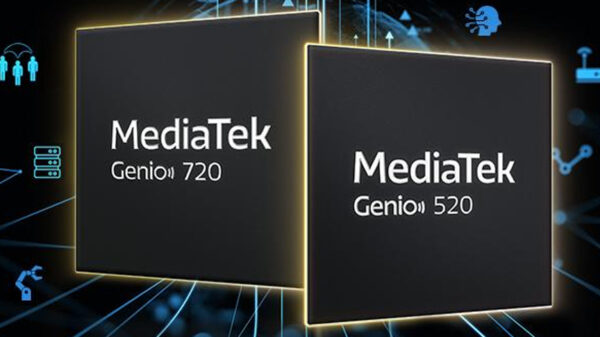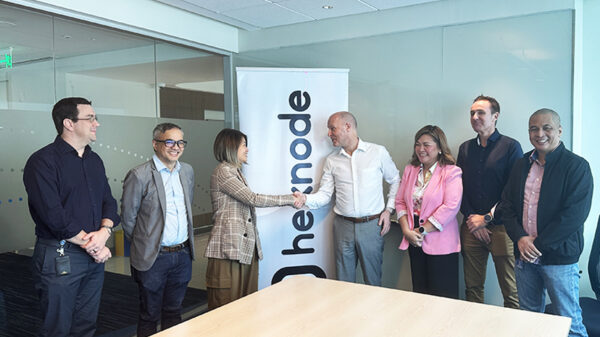SAN JOSE, CALIFORNIA – “You want people to enjoy life, and work. To be able to do that, you have to be able to make people work from wherever.”
So said Graham Melville, VP for marketing of Cloudbrink here at NetEvents, a gathering of technology sector experts and opinion shapers. Melville added that to date, 71% of workers are already remote or spend less than 2.2 days in the office. And “hybrid workers need to have the freedom to work from anywhere without compromising their productivity or security. They need remote access to business apps with best performance and a great quality of experience.”
Unfortunately, “many actually don’t believe this can be done due to various reasons (e.g. bad Wi-Fi, network isn’t good, and so on), even if “no one is looking at the whole end-to-end problem.”
In fact, according to Gallup’s “The advantages and challenges of hybrid work” (2022), top issues for hybrid workers include connectivity issues, impaired collaboration, and disrupted work process. Gartner’s “Top network practices to support hybrid work” (2022) stated that to deal with these technology issues, businesses need to invest on: enterprise grade security, 100 msec to other PoPs and SaaS Apps, dual tunneling, and dual homed Wan links.
This is where Cloudbrink wants to make a mark, as a purpose-built software-only Hybrid Access as a Service (HAaaS) solution for hybrid workforce.
For those not in the know, Cloudbrink – basically – has tools that transform home internet or cellular connection, providing a secure end-to-end connection built on dark network and zero-trust principles. This does this by replacing legacy VPN and SD-WAN architectures, and instead uses artificial intelligence (AI) and machine learning (ML) in providing edge-native HAaaS for cloud, SaaS and data center applications.
Even simpler, Cloudbrink solution is a software that features the traditional connectivity stack compressed into an application that users are able to download onto any device, anywhere they may be. This approach removes the need for specialized hardware on either end of a connection, marking an evolution over traditional SD-WAN.
The advantages of Cloudbrink’s appoach include preemptive accelerated packet recovery technology that uses artificial intelligence to ensure enterprise-grade performance on any device, partnerships with network providers to cut latency, and security as a feature and not just an add-on.
In fact, said Melville, when Cloudbrink started, the company predicted that “in five or so years, people will want to work from home.” And with Covid-19 happening, “people now are fully remote, or mostly remote.”
But this, Melville said, also isn’t only for WFH arrangements, “but also for those with distant workers – e.g. head office in one continent, and staff elsewhere” becvause the idea remains the same (i.e. working from different physical spaces, yet the need to stay connected to each other).
And so offering needed solutions for this change in the workplace is, for Cloudbrink, a given, and has turned the company into a $25 million business to date.











































































































